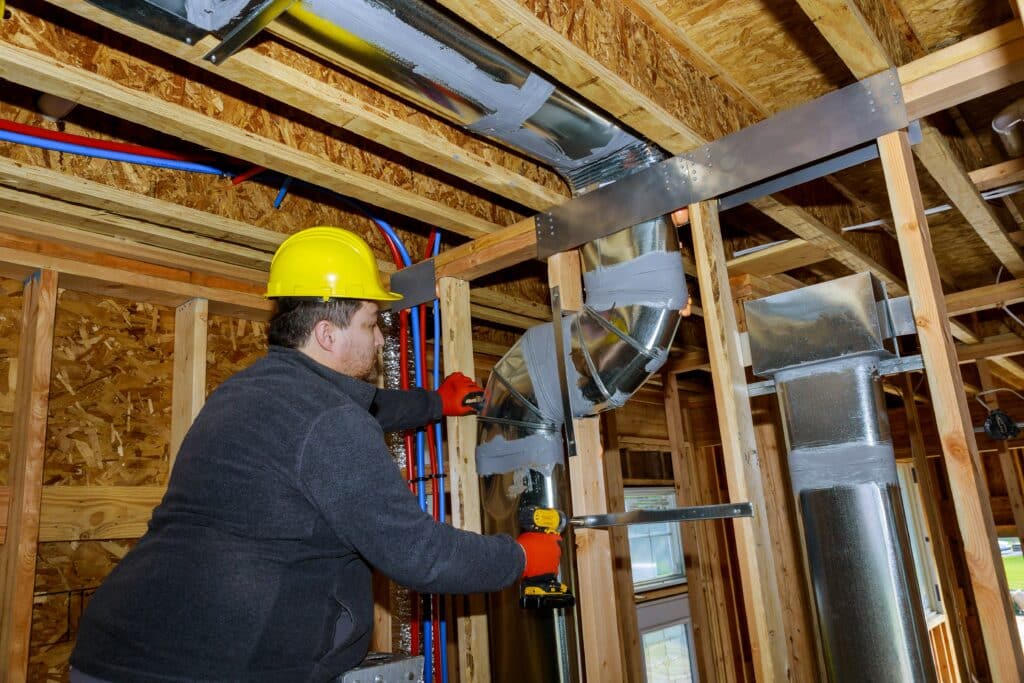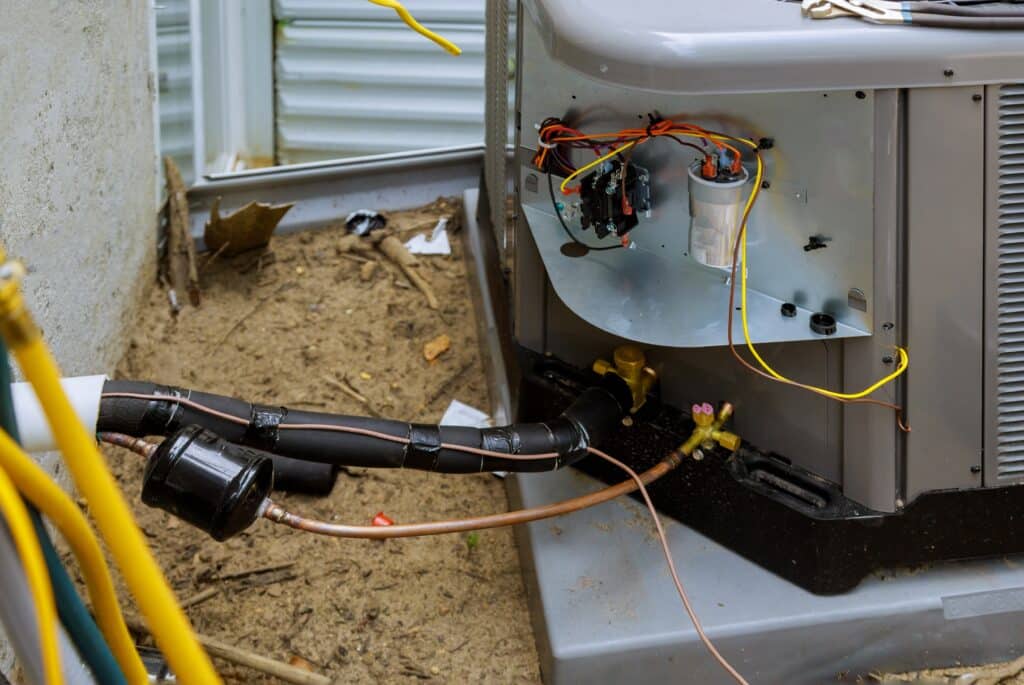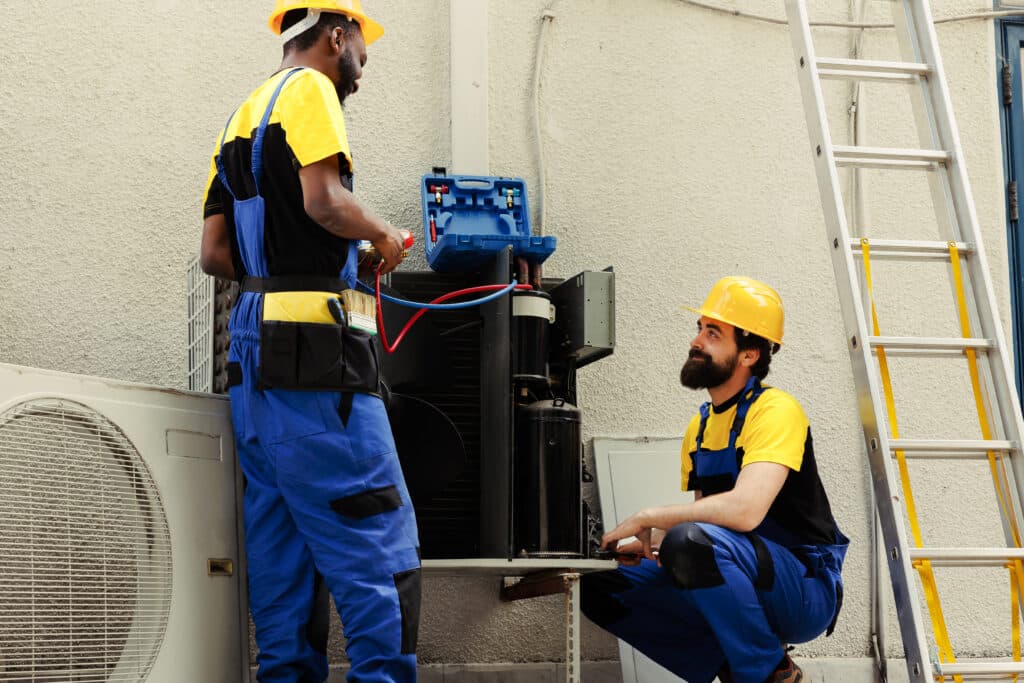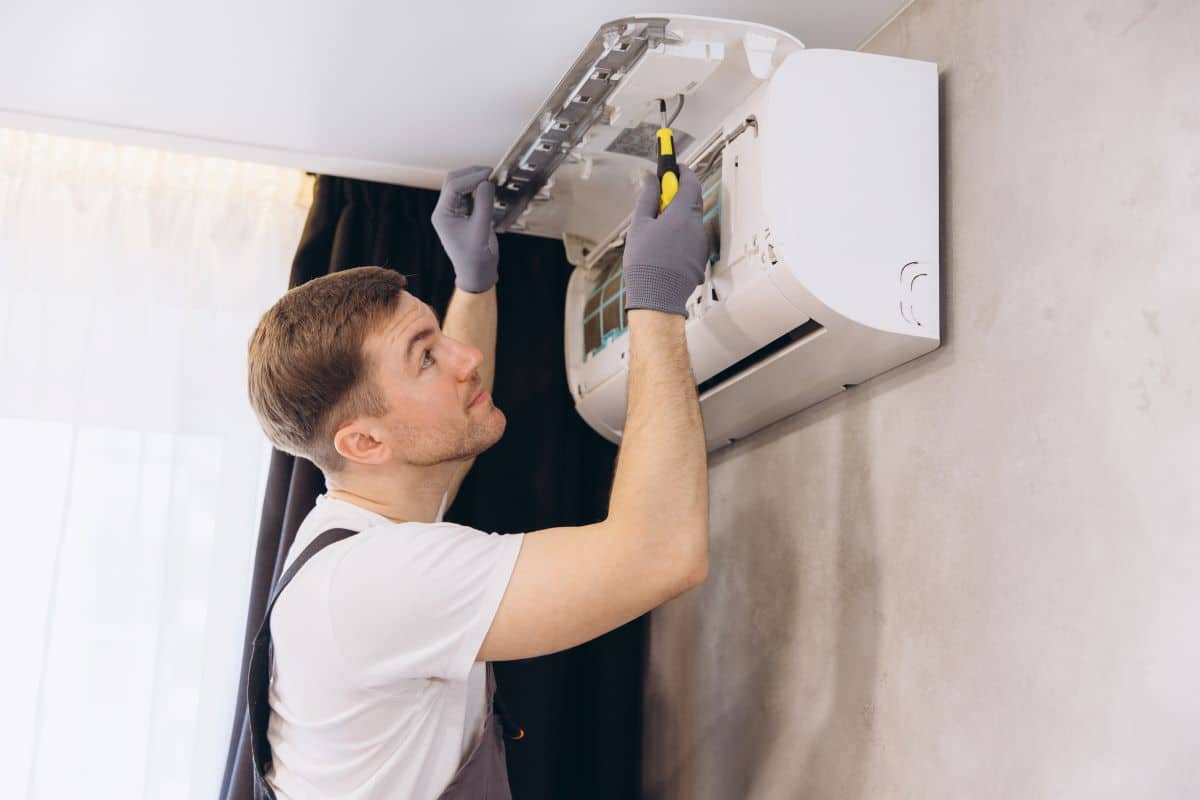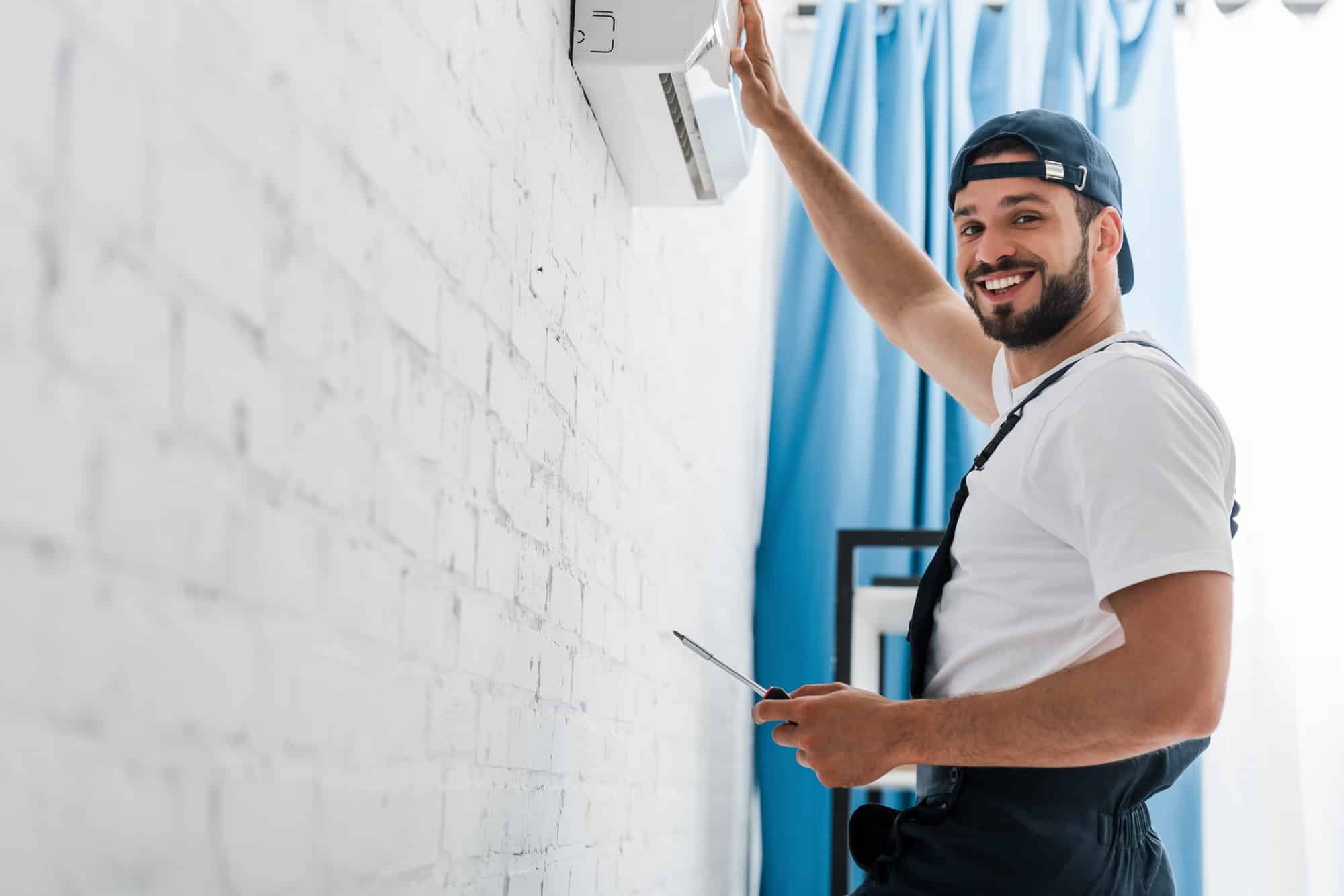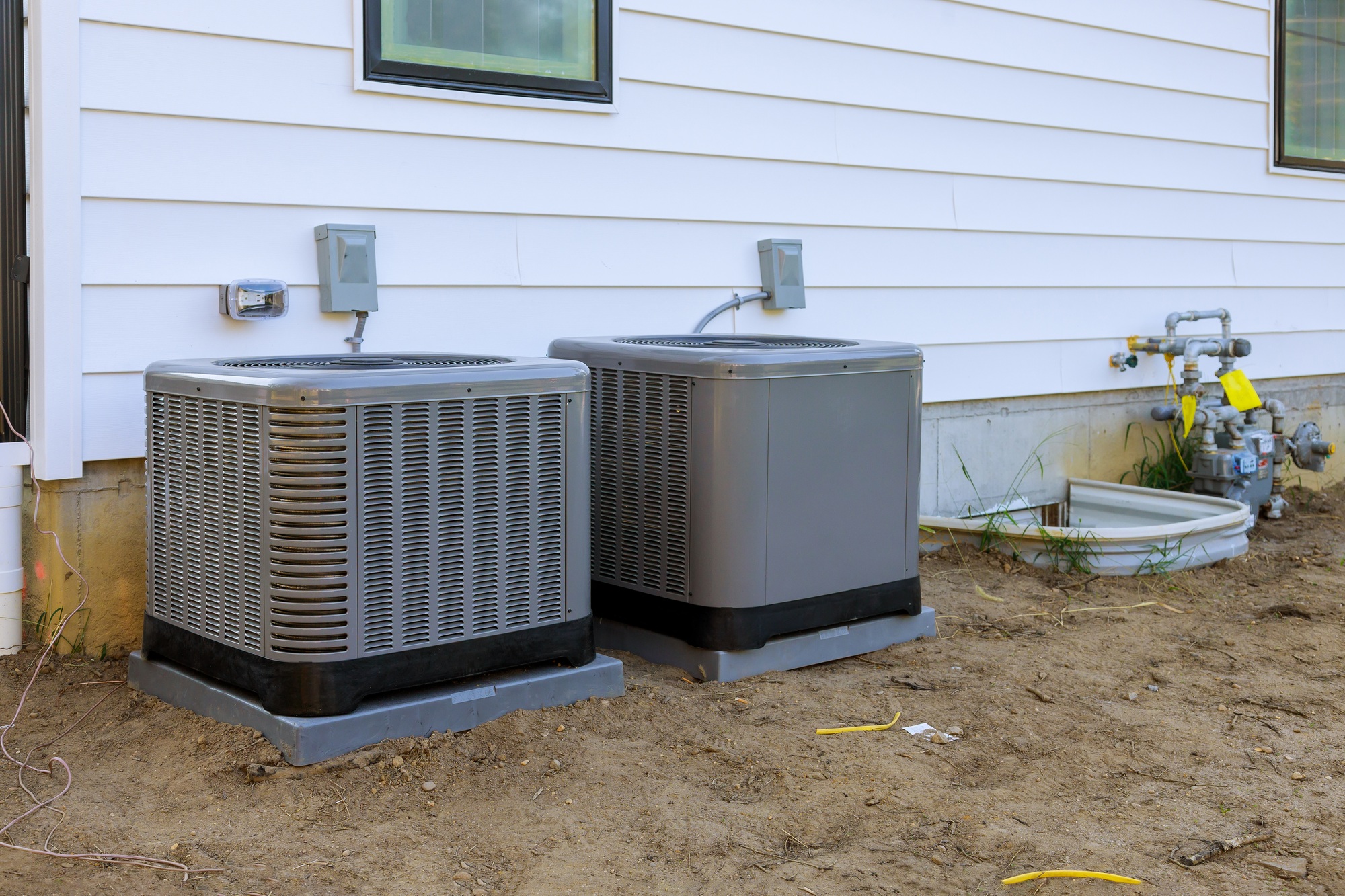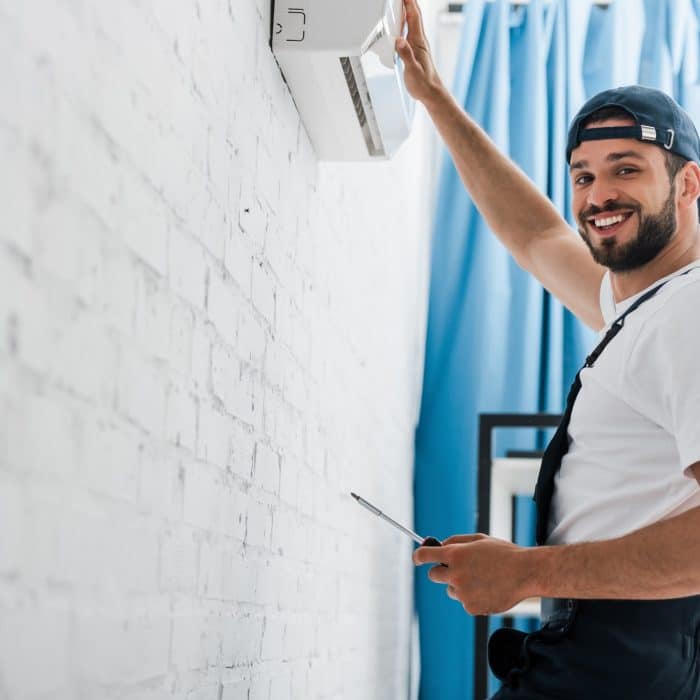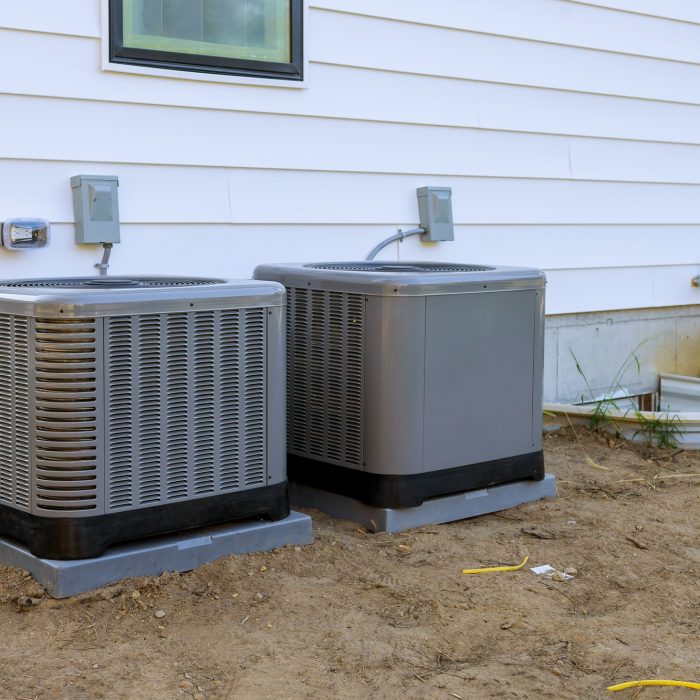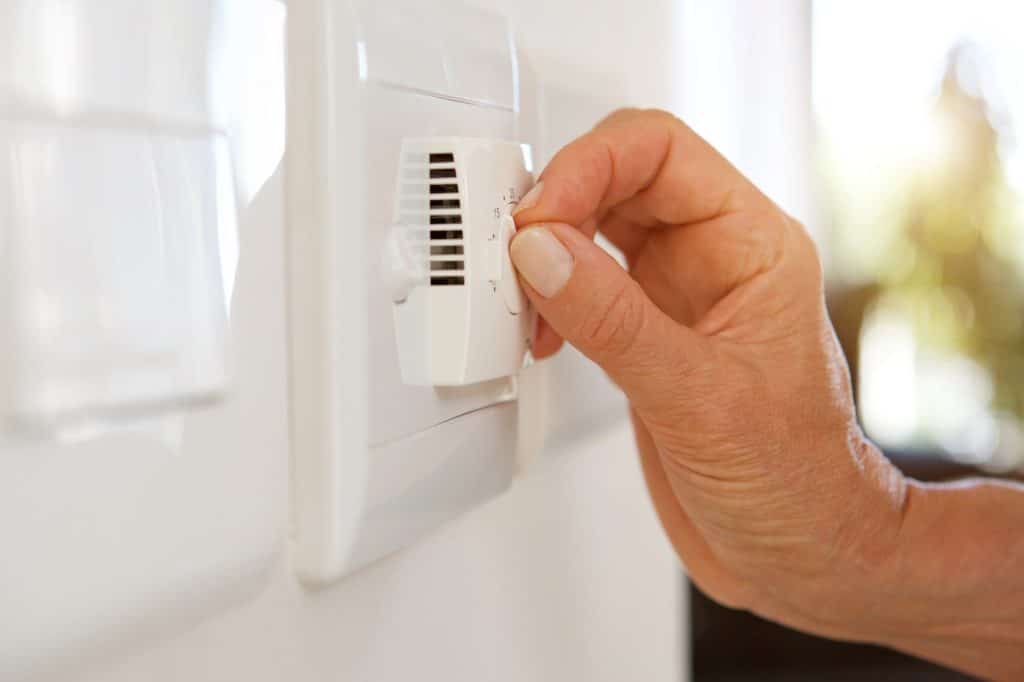
As the seasons change, fluctuating temperatures can put a strain on your HVAC system. One day, you might need the heat, and the next, you’re switching to air conditioning. These constant shifts in demand can cause excessive wear and tear on your unit, leading to inefficiency, breakdowns, and costly repairs. Protecting your HVAC system from these temperature swings is essential to maintaining optimal performance and extending its lifespan. Here are some practical steps you can take to safeguard your system during unpredictable weather conditions.
1. Keep Your Air Filters Clean
A clogged or dirty air filter forces your HVAC system to work harder, reducing efficiency and increasing wear on components. Since fluctuating temperatures mean your system may switch between heating and cooling more frequently, it’s crucial to check and replace your filters regularly—ideally every 1-3 months. Clean filters also help maintain good indoor air quality by trapping dust, pollen, and other allergens.
2. Invest in a Programmable or Smart Thermostat
Manually adjusting your thermostat throughout the day can cause unnecessary strain on your HVAC system. Instead, use a programmable or smart thermostat to set a consistent and energy-efficient temperature schedule. These devices can automatically adjust settings based on the weather and your daily routine, preventing your system from overworking during sudden temperature shifts.
3. Perform Regular Maintenance Checks
Routine maintenance is key to keeping your HVAC system in top condition, especially during seasons with unpredictable temperatures. Schedule bi-annual checkups—one before the heating season and another before the cooling season—to ensure all components are working efficiently. A professional technician will inspect your unit, clean key parts, and identify any potential issues before they become major problems.
4. Keep Your Outdoor Unit Clear
Your HVAC’s outdoor unit plays a crucial role in heat exchange, so keeping it free from debris is essential. During fluctuating temperatures, falling leaves, dirt, and other debris can accumulate around the unit, restricting airflow and reducing efficiency. Make sure to clear away any obstructions, trim back nearby vegetation, and rinse off dirt buildup to ensure proper operation.
5. Avoid Drastic Temperature Changes
Resist the temptation to crank up the heat on cold mornings or blast the air conditioning on warm afternoons. Rapid temperature adjustments force your system to work harder than necessary, leading to higher energy bills and increased wear and tear. Instead, set a comfortable and consistent temperature range that gradually adapts to the changing weather.
6. Check Your Insulation and Seals
Your home’s insulation and seals play a big role in maintaining stable indoor temperatures. Poor insulation and drafty doors or windows can cause your HVAC system to work overtime, compensating for heat loss or heat gain. Ensure your home is properly insulated and check for gaps around windows and doors that may allow air leaks. Sealing these gaps can help your system maintain steady indoor temperatures with less effort.
7. Monitor Refrigerant Levels
For homes with air conditioning or heat pumps, refrigerant is essential for efficient operation. If your system is low on refrigerant due to a leak or other issue, it will struggle to maintain comfortable temperatures during fluctuating weather. If you notice that your system isn’t cooling or heating as efficiently as it should, have a professional inspect and refill the refrigerant levels.
8. Use Ceiling Fans to Reduce HVAC Strain
Ceiling fans can help regulate indoor temperatures by distributing warm or cool air more evenly throughout your home. During warm days, set your fan to spin counterclockwise to create a cooling breeze. During cooler days, reverse the direction to push warm air down from the ceiling. This helps your HVAC system work more efficiently without overexerting itself.
9. Protect Your System During Extreme Weather
Fluctuating temperatures often come with unpredictable weather, including storms, snow, or high winds. Take steps to protect your outdoor unit by covering it with a breathable cover during extreme cold or storms to prevent ice buildup and debris damage. However, be sure to remove the cover before using your air conditioning to avoid overheating.
10. Consider an HVAC Surge Protector
Power fluctuations and outages caused by sudden weather changes can damage your HVAC system’s electrical components. Installing a surge protector can safeguard your unit from voltage spikes, preventing costly repairs or even complete system failure.
